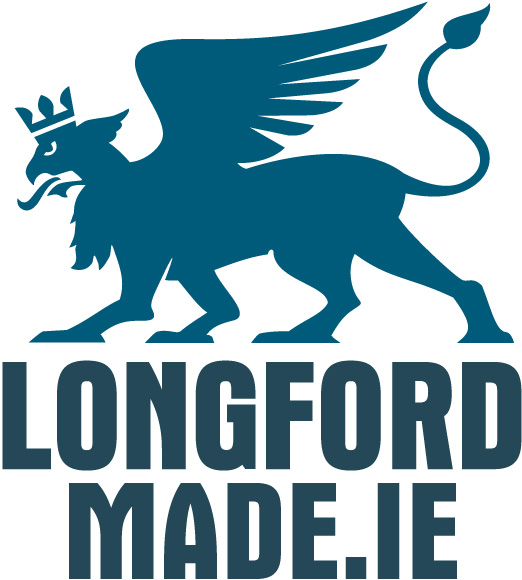At the entrance of Quarry Park in Ballyreeve, Newtowncashel, County Longford, stands an interesting machine that harks back to the 1940s, when roadmaking was a demanding and labour-intensive task.
ROAD BUILDING
By the 18th century, Ireland boasted a comprehensive network of roads that facilitated commerce. The main routes were highlighted on Herman Moll’s New Map of Ireland (1714), which illustrated various features, including “Passes, Bridges, etc., and distances between towns. In 1777, maintenance contracts were introduced to ensure regular upkeep of roads. A standard was set for new roads, requiring them to be at least 30 feet (9.1 metres) wide between fences and drains, with a gravelled surface spanning 14 feet (4.3 metres).
Each week we travel to bring you our stories on Irish transport. Please support our travel costs and subscribe for just €2, less than the price of a cup of coffee, via www.irelandmade.ie
In 1909, the Road Board was established to improve Ireland’s roads, funded by a motor fuel tax and later a car license duty. The Road Fund financed road surface upgrades, widening, and straightening. In 1922, following the establishment of the Irish Free State, the Minister for Local Government assumed the duties of the Ministry of Transport and took over responsibility for national roads.
LONGFORD URBAN DISTRICT COUNCIL
County roads were managed by County Councils, and local government in Longford dated back to 1668 when the Longford Borough Corporation was created through a charter granted by King Charles II. The Longford Town Commissioners were first established in 1855, followed by the formation of the Longford Urban District Council in 1900.
1940s ROAD REPAIR
In the 1940s, when most roads were surfaced with undressed, unrolled water-bound macadam without tar as a sealant, Longford Urban District Council employed road crews at quarries throughout the county to break and prepare stone for road construction.
At some stage in the mid-1940s, a four-wheeled Goodwin Barsby belt-driven “jaw” rock breaker was acquired for use at Ballyreeve Quarry in the village of Newtowncashel. Prior to the arrival of the rock breaker it was a common sight along country roads to see men sitting on heaps of stones and breaking them with hammers. Before the machine crushed the rock into road-making material, workers had to manually cut the stone from the quarry wall. In a distinctive method, they carved a series of wedge-shaped grooves into the quarry face, then drove dry oak wedges into the grooves. As the oak expanded, it split the rock, with workers often pouring water onto the wedges to accelerate the process. The jaw breaker, powered by a tractor via a belt, then crushed large stones extracted from the quarry wall onto gravel for road making.
GOODWIN BARSBY
Goodwin Barsby, founded in 1871 as an iron foundry by Samuel Goodwin and William Barsby, is a Leicestershire-based manufacturer of breakers and screens that remains in operation today.
Back in 1871 the company quickly became known for its durable stone-crushing machinery, starting with breakers for the local Leicestershire iron industry in the 1890s. Thousands of classic Goodwin Barsby models are still in use worldwide, but we are uncertain if the machine at Ballyreeve Quarry could ever work again.
ROAD MAKING TODAY
In 2002, the renamed Department of Transport assumed responsibility for national roads, and investment in roadbuilding continues in County Longford today. In February 2024, Minister for Transport Eamon Ryan TD and Minister of State Jack Chambers TD announced that Longford will receive nearly €9.5 million for the restoration and improvement of regional and local roads.
Check out our other video-story on road making in County Longford
If you have an idea for a story, please email Kevin Reid [email protected]
Sources of Information and Photo Credits:
County Longford Historical Society
GoodwinBarsby.com
GracesGuide.com
Longford Live
Longford.ie
Our thanks to morgan o'flaherty machinery of Ireland tv
Tech Specs
- Each week we travel to bring you our stories on Irish transport.
- Please support our travel costs and subscribe via www.irelandmade.ie for just €2 - less than the price of a cup of coffee


